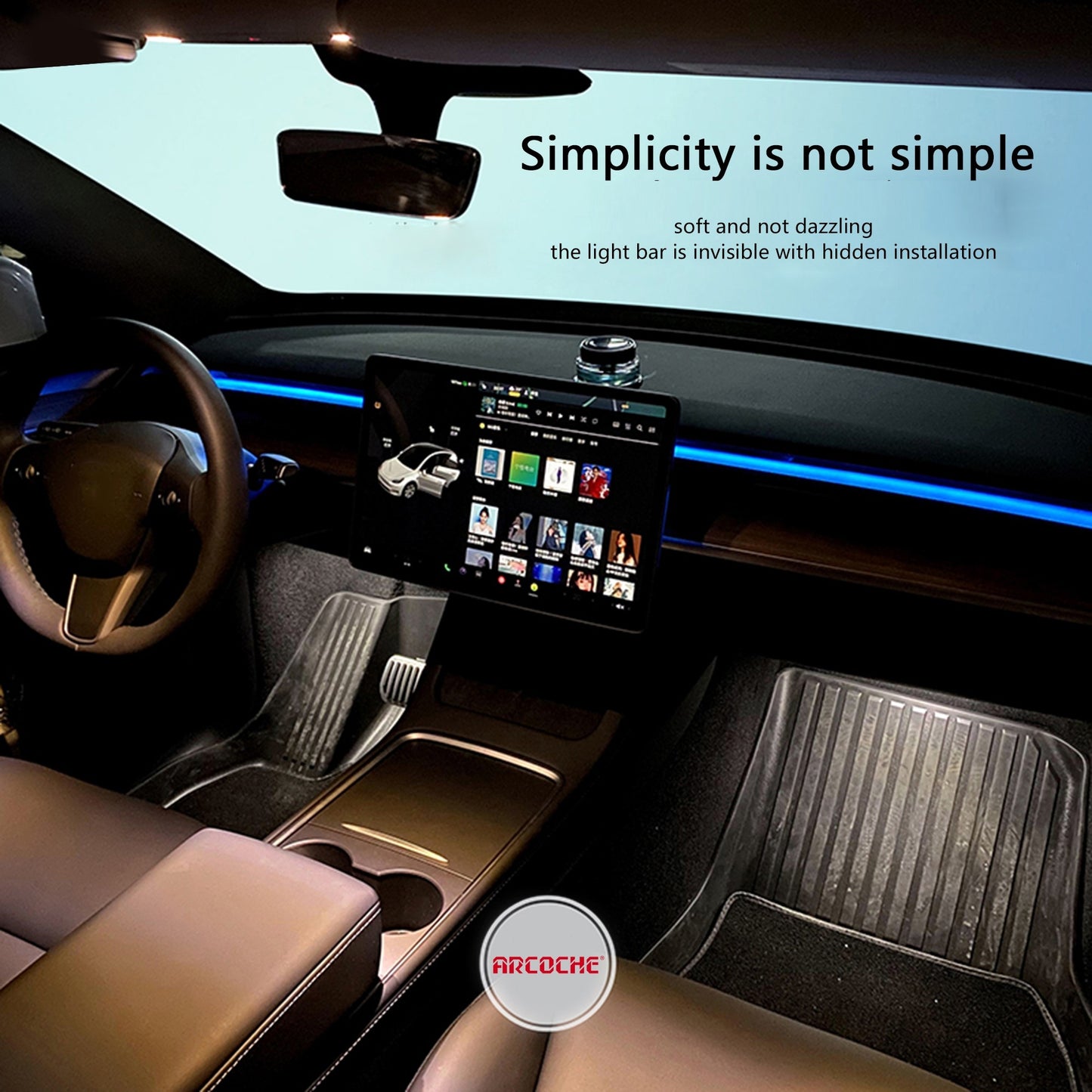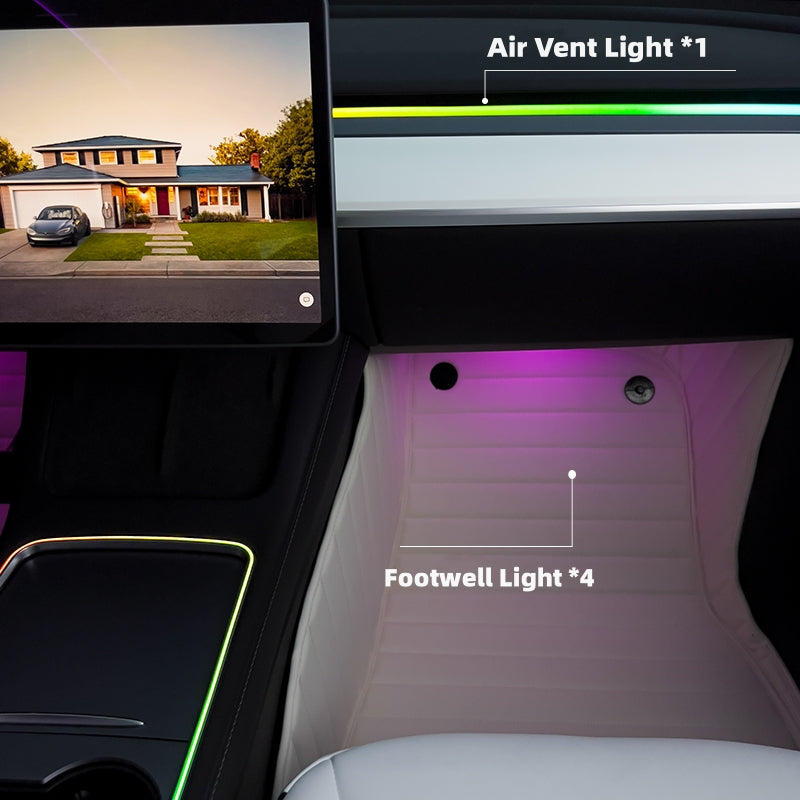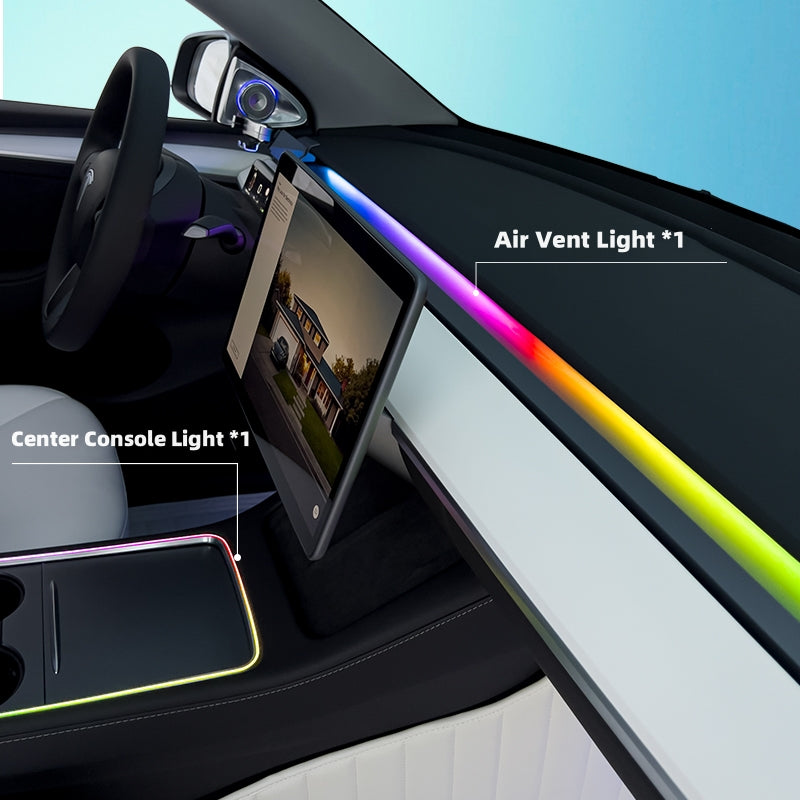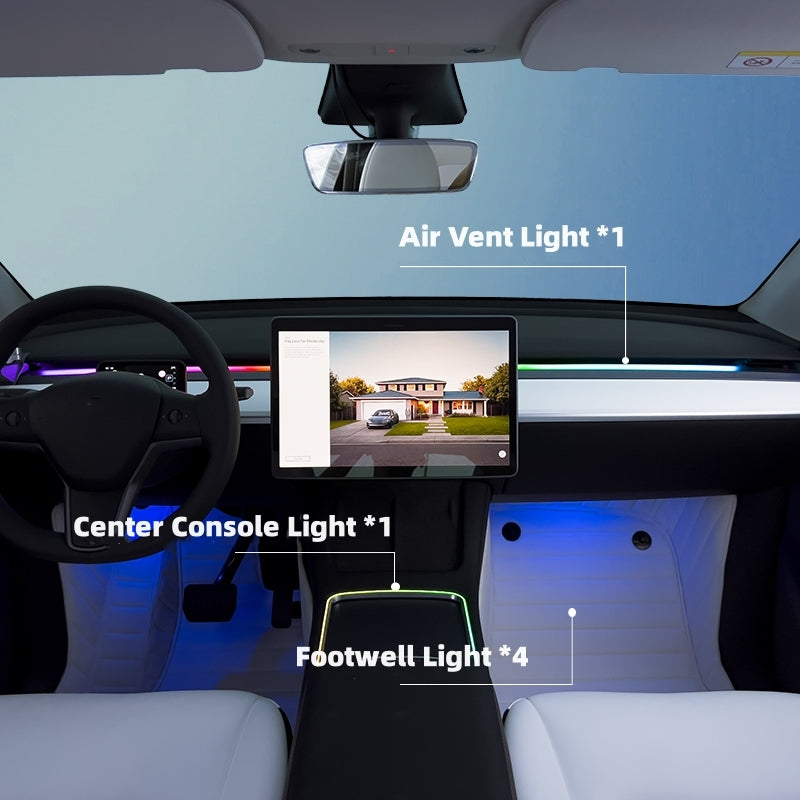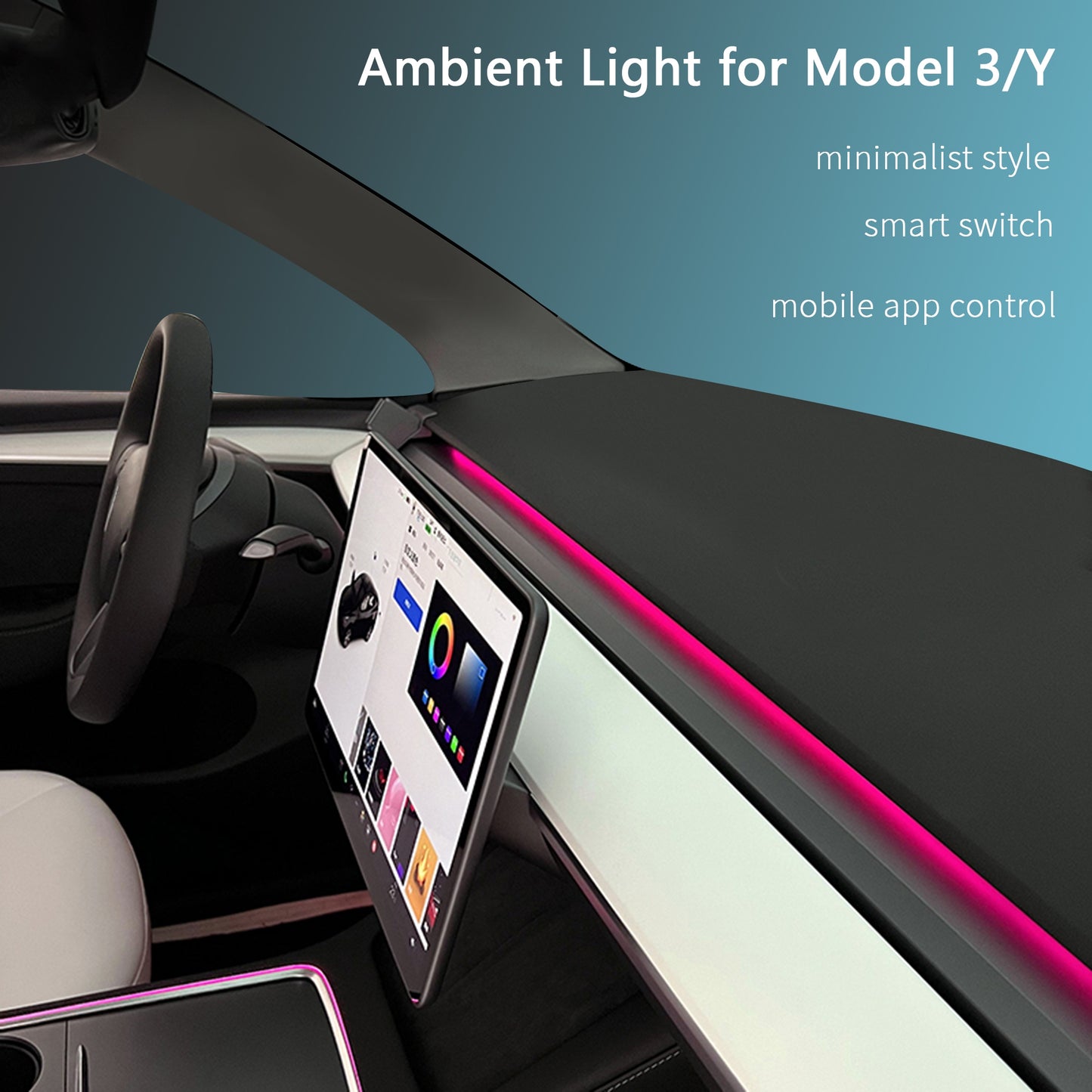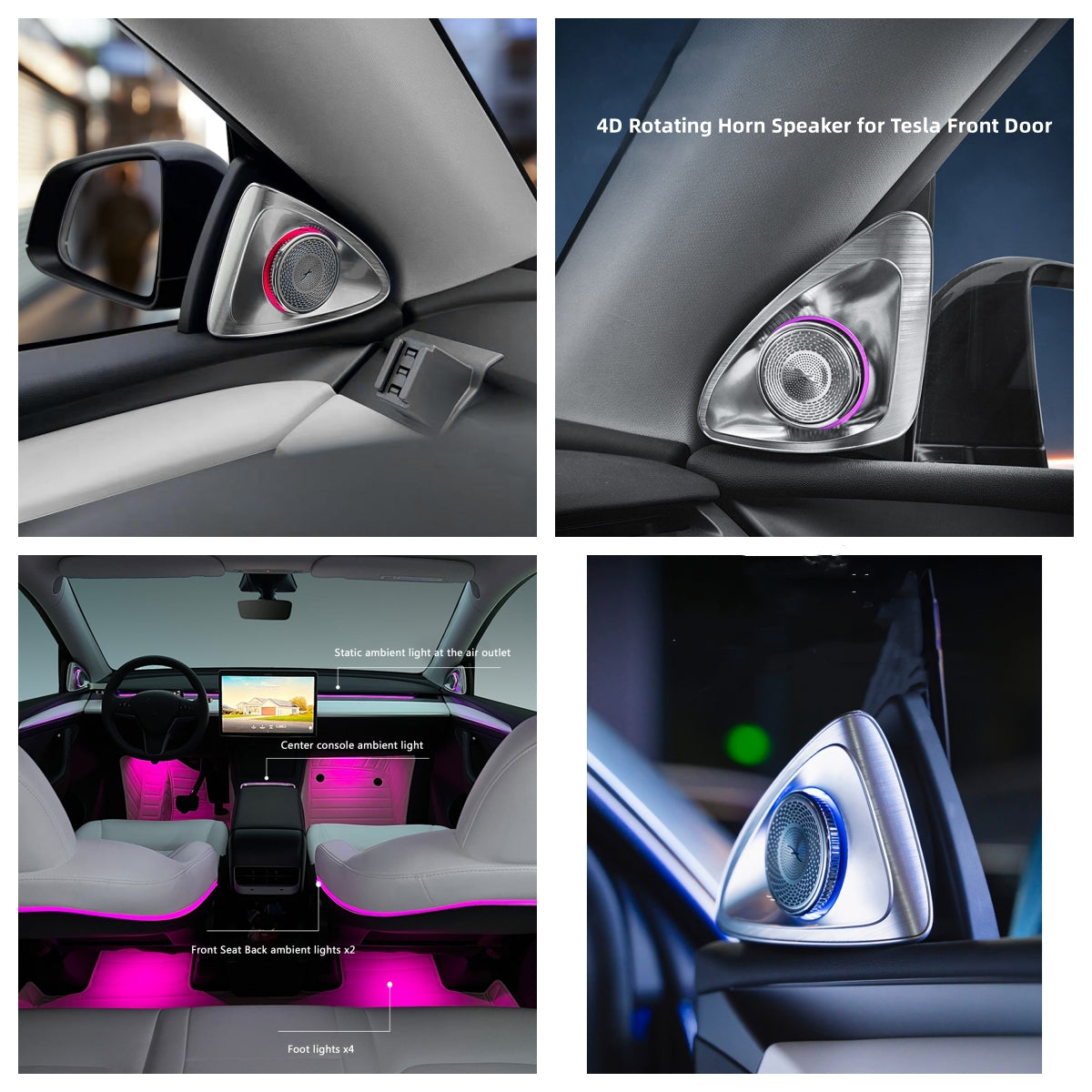
Tesla Intensifies Measures Against Leaks
Tesla is ramping up its efforts to curb leaks, even as it updates its internal processes. Historically, internal testers and employees had a track record of leaking new software updates with minimal consequences. However, the company is now taking more stringent measures by embedding watermarks into release notes tied to each vehicle’s VIN.
Expanding Beyond Watermarks
Tesla's recent actions go beyond simply watermarking release notes in vehicles and the Tesla app. The company has implemented additional steps to control how these notes are distributed and accessed.
Changes to API Access
Tesla operates an internal early access program known as Wave 1, which grants employees early access to the latest updates before they become available to the public. This initiative allows employees to experience new features firsthand and provide valuable feedback. It also serves as a final testing phase for software before wider deployment.
Previously, if vehicles in the Wave 1 program were connected to third-party services, those services could use Tesla's APIs to obtain and leak release notes ahead of their official release. This method was a straightforward way for external parties to access upcoming features, but Tesla has since modified its approach to prevent such leaks.
Now, Tesla has ensured that vehicles enrolled in the early access program will no longer return release notes through the API.
Who Receives Early Updates?
Early updates are distributed to Tesla's internal ADAS testers and Wave 1 employees. Any Tesla employee can enroll in the early-access program. Tester vehicles are meticulously monitored, minimizing the likelihood of leaks beyond observations of unique test models like the Cybertruck equipped with LIDAR.
Following internal testers, Wave 1 employees receive the updates and act as a final checkpoint before the updates are rolled out to early-access customers, including Tesla influencers. The typical release process for Tesla updates is as follows: QA > Wave 1 > Influencers > Customers.
Wave 1 employees play a crucial role in this process, providing an additional layer of scrutiny to prevent buggy updates from reaching customers. With Tesla’s need to test various hardware configurations due to different component manufacturers, this group helps ensure that the software is thoroughly vetted across a diverse fleet.
While Tesla doesn’t permit customers to roll back vehicle software, it can be done through internal service tools on an as-needed basis. This capability allows Tesla to identify and resolve issues before they escalate into major problems for the broader fleet.






